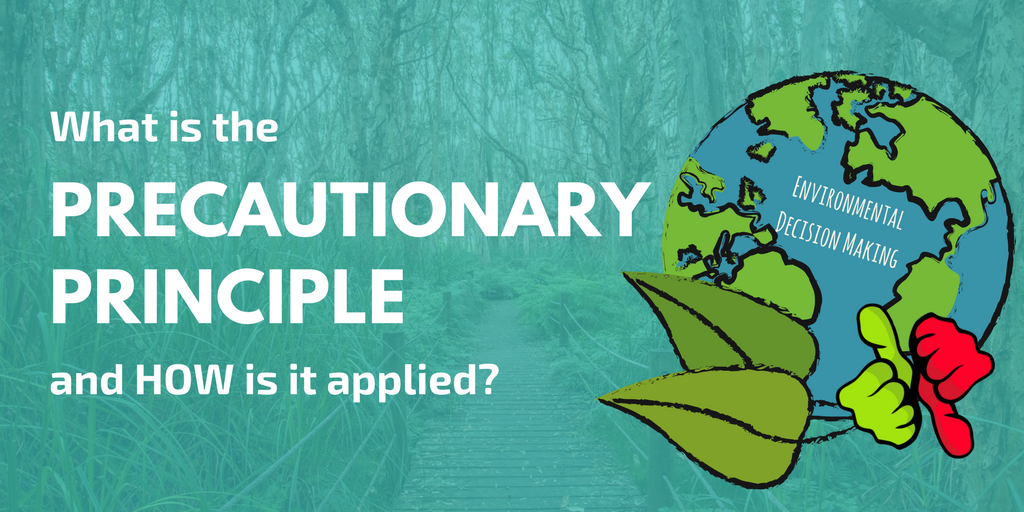Description

Disclaimer: Copyright infringement not intended.
Context
- In a recent ruling, the Supreme Court brought to light the unholy nexus of politicians, forest officials, and local contractors responsible for the felling of 6,000 trees in the Jim Corbett National Park in Uttarakhand.
More Details on the Case:
- Illegal Tree Felling: The Supreme Court strongly condemned the illegal felling of over 6,000 trees for constructing buildings under the guise of "eco-tourism" at the Jim Corbett National Park in Uttarakhand.
- Nexus Exposed: The court characterized the case as a glaring example of collusion between politicians and officials, exploiting the environment for immediate commercial gains at the expense of long-term sustainability.
- Specialized Committee: Additionally, the court directed the Ministry of Environment, Forest and Climate Change to establish a specialized committee tasked with studying and recommending whether tiger safaris should be allowed in buffer or fringe areas of tiger reserves.
- CBI Investigation: Furthermore, the judgment mandated a probe by the Central Bureau of Investigation (CBI) into the matter. The CBI has been instructed to furnish a comprehensive report on its findings within the next three months.
Committee Formation and Responsibilities:
- Composition of the Committee: The proposed specialized committee of the Ministry would include representatives from key organizations such as the National Tiger Conservation Authority (NTCA), Wildlife Institute of India, Central Empowered Committee, and a Joint Secretary from the Ministry.
- Assessment of Damage: The committee's primary task would be to evaluate the extent of damage inflicted on the green cover of the Corbett reserve, quantify the expenses required for restoration, and identify individuals and officials responsible for the damage.
- Restoration Funding: The cost of restoration would be retrieved from accountable individuals and officials, with the funds earmarked exclusively for forest restoration efforts.
Court's Decisions on Ecotourism and Tiger Safaris:
- Ecocentrism over Anthropocentrism: The Supreme Court emphasized shifting from an anthropocentric approach to ecocentrism in conservation efforts, cautioning against relying solely on ecotourism for conservation and revenue generation.
- Tiger Safari Ban in Core Areas: The court ordered the prohibition of tiger safaris in core areas of Tiger Reserves and formed a committee to explore the feasibility of permitting such activities in peripheral areas across all tiger reserves in India.
- Disagreement with NTCA Guidelines: The court disagreed with the 2019 guidelines of the National Tiger Conservation Authority, particularly those permitting tiger safaris resembling zoos within national parks.
Precautionary Principle for Environmental Conservation:
- Principle Invocation: The Supreme Court invoked the Precautionary Principle, emphasizing the imperative of taking proactive measures to prevent irreversible environmental degradation, especially in situations where threats are significant or irreversible.
- Application to Tiger Safaris: The court applied this principle in its decision to ban tiger safaris in core areas, aligning with the principle's focus on preventing damage to biodiversity and ecosystems.
- Norman Myers' Perspective: The environmentalist Norman Myers' views on the precautionary principle were cited, underlining its relevance to biodiversity conservation, particularly in the face of mass extinction threats.
- Indian Biodiversity Concerns: The article highlights the pressing biodiversity concerns in India, including the high percentage of endangered species and the significant loss of biodiversity hotspots, reinforcing the importance of applying the precautionary principle to safeguard endangered species and ecosystems.
Lacunae in Supreme Court judgement
- Lack of Defined Methodology for Restoration: The court’s intention to assess and recover costs for the damage to Jim Corbett’s green cover lacks a clear methodology, making actual restoration doubtful.
- Inadequate Compensation Methods: The existing financial mechanisms, such as the compensatory afforestation levy and net present value (NPV), introduced by the Supreme Court in 2002 after the T.N. Godavarman case (1996), do not fully account for the broader environmental damages. They fail to consider the broader ecological harm caused by deforestation beyond just tree loss. The recent Supreme Court judgment did not address these limitations.
How does the precautionary principle help tackle environmental problems?
- Risk Management: The precautionary principle helps in managing risks associated with environmental degradation by advocating for preventive action in situations where there is uncertainty or incomplete scientific knowledge about potential harm.
- Preventative Measures: It encourages the adoption of preventative measures to address environmental threats, even in the absence of conclusive scientific evidence, to avoid irreversible damage to ecosystems and biodiversity.
- Long-Term Sustainability: By prioritizing precautionary measures, the principle promotes the long-term sustainability of ecosystems and natural resources, safeguarding them for future generations.
- Early Intervention: It emphasizes early intervention and proactive decision-making to address emerging environmental issues before they escalate into more significant problems or reach irreversible thresholds.
- Conservation of Biodiversity: The precautionary principle plays a crucial role in conserving biodiversity by advocating for protective measures to prevent the loss of species and ecosystems, especially in the face of emerging threats such as habitat destruction and climate change.
Source: https://www.thehindu.com/opinion/op-ed/decoding-the-supreme-court-judgment-on-jim-corbett/article68064918.ece
|
PRACTICE QUESTION
Q) Discuss the significance of the precautionary principle in tackling environmental challenges, concerning its application in the recent Supreme Court judgment on the Jim Corbett National Park case. Evaluate the effectiveness of the precautionary principle in promoting environmental sustainability and biodiversity conservation in India. ( 250 words)
|
















